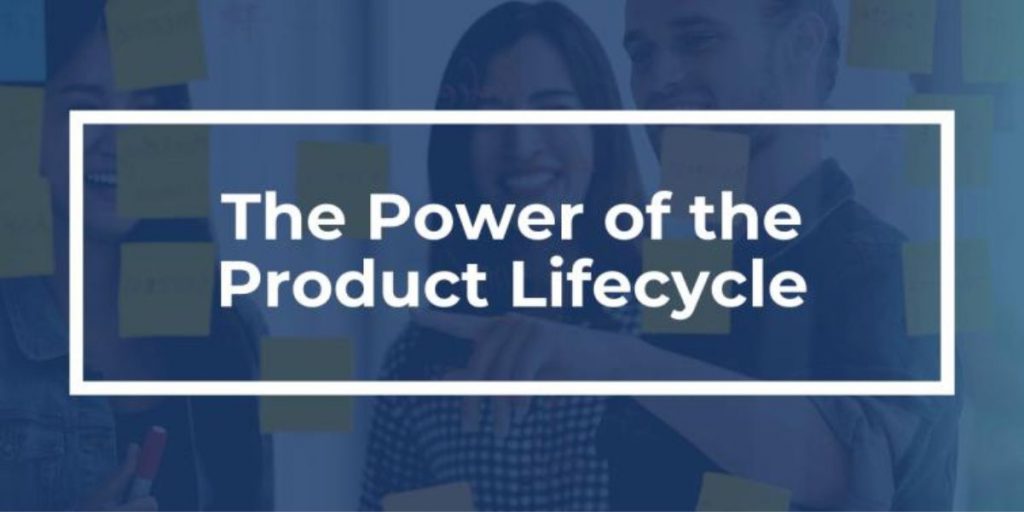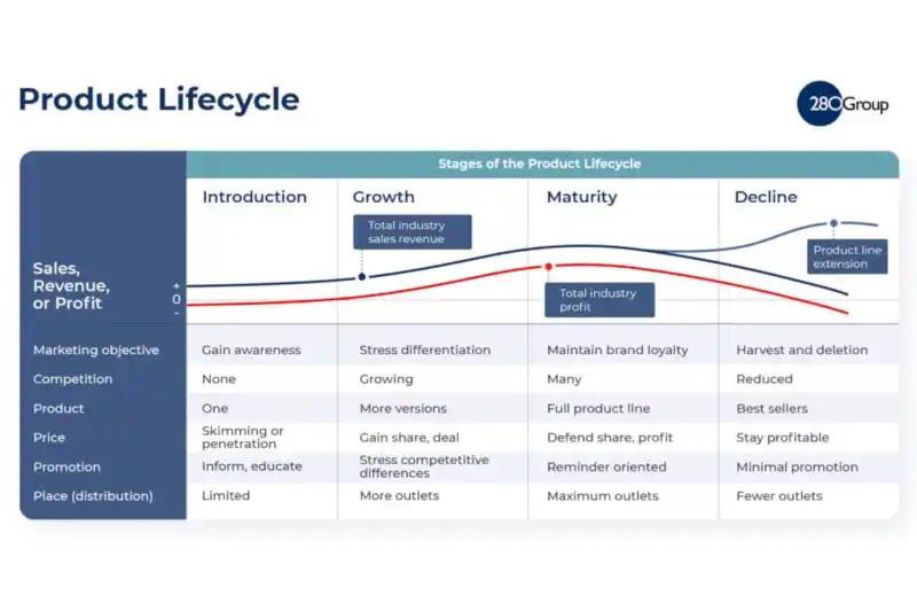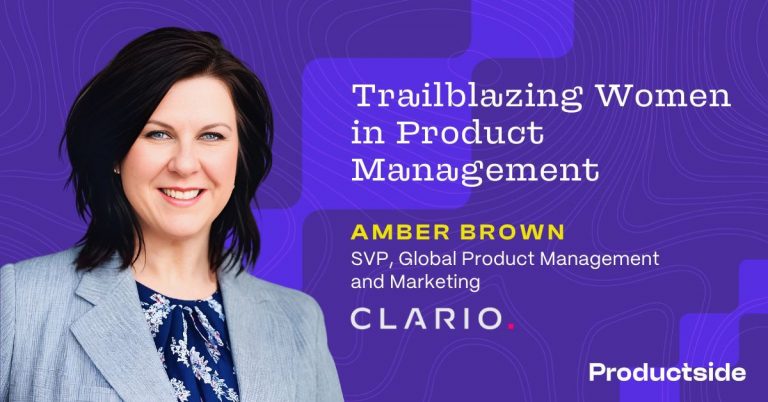
So, you’ve gone to market – finally! After months or potentially years of toiling in the product conception phase, determining market viability, planning and developing, and getting ready for launch, your spanking-new product is out there for all the world to see. Crack open the champagne!
But wait: your work isn’t over yet. In fact, some would say it’s just begun. Now that your product has come to life and entered the market, it’s time to nurture its growth until it’s a mature product offering. Then, eventually, it will be time to retire your product and shift your focus to something new and potentially better. In a nutshell, that’s the product lifecycle (PLC).
Considering 95% of new products fail, having a model for conceptualizing your product’s journey from introduction through decline can help you understand the best course of action during various phases of its existence, so you can maximize its market performance and impact. In this blog post, we’ll examine the 4-phased PLC in detail, including the market conditions for each stage and how you can use the PLC to make better decisions about your product pricing, channel and marketing strategy, and product portfolio mix.
What is the PLC?
The PLC represents the phases a product category will go through over its lifetime. The PLC is not about your particular product, but the category it exists in. Some product categories live a long time – like bathtubs. Other categories rise to prominence, then fade when there’s a market disruption – think CD players. There are four distinct stages: Introduction, Growth, Maturity, and Decline (see Figure 1). Product Managers use the PLC and it’s four stages to make decisions about advertising investments and timing, pricing, packaging design, growth and channel strategies, target audiences, and other key factors involved in marketing and selling a product.

Figure 1: The Product Lifecycle has four phases: Introduction, Growth, Maturity, and Decline
When a Product Manager launches a new product, that doesn’t mean that product is in the Introduction phase. It could be the PM has seen a market that is in the Growth phase, and wants to enter the market and take advantage of rising demand. While their product is new, the product category is its PLC phase based on the market conditions.
Let’s take a look at each of the four phases in more detail:
1. Introduction: As the name implies, this phase begins when one or two new products offer a completely new value proposition, or solve an old problem in a new way. An example of a product category in the Introduction phase is space tourism (think Elon Musk, Jeff Bezos, and the growing number of billionaires venturing into the final frontier in recent months). The goal of this phase is to build market awareness and drive interest. Education is a key activity, because you need to help prospective buyers understand the product’s value.
Other activities that accompany this phase include marketing and PR. When your product is part of a new product category, you want to get the word out with marketing campaigns, promotional offers, free trials, public relations activities, and social media messages. Your goal is to educate prospects about the new value products in this new category offer. You want to do anything that will get your buyers’ attention, drive leads, and help convert those leads into customers.
Product Managers must coordinate and collaborate closely with Marketing teams during the Introduction phase, to ensure the right messages go out to the right audiences through the appropriate channels, to maximize the initial impact and make a big splash.
2. Growth: This is the key stage for establishing your market position. During the growth phase, your product is now garnering a lot of interest from the market and capturing market share. You’re ramping up production and looking for ways to ensure you can meet growing demand. You may experience rapid growth in sales and begin to see a profit. Electric Vehicles (EVs) are a product that’s currently experiencing rapid growth.
If your product does well during Introduction, other companies will want to capitalize on that demand. As a result, you may find you suddenly have more competition for market share. As a Product Manager, you should continue to watch the market and analyze competitive offerings, then look for ways to differentiate your product from the others. Can you lower the pricing or change your pricing model? How can you generate more demand for your product over others? Now that the “newness” has worn off, you may need to take a more sophisticated approach to marketing and sales, and hone your messaging to make sure your product stands out.
3. Maturity: Now that your product has been on the market for a while, growth will slow down, and your market share may decrease as your competitors steal market share. During the Growth phase, there’s often an explosion of companies offering products in the category. During the Maturity phase, there’s a contraction of these companies, with only the most successful surviving. If your product is one of these winners, your mature product may continue to be successful for a long time, particularly if you continue to improve and update it based on customer feedback and current trends. A good example of a mature product category that’s still relevant is the bathtub. While bathtubs have changed, and everyone has them, they do wear out, and every new home or remodel needs one. They remain in demand by builders, developers, and homeowners.
During the Maturity phase, you can leverage your widespread adoption and brand equity to continue to differentiate yourself from competitors, defend your market share, and maintain profits. However, you may need to make some adjustments such as enhancing product features, lowering your price, or offering incentives and discounts in order to and retain market share. You should also look for ways to maximize channels and outlets. If your profit margins have been squeezed too thin, you may decide to sell your product to one of the other more profitable players, becoming part of the contraction.
4. Decline. Eventually many products enter the Decline phase of the PLC. Revenue starts decreasing, and you may notice new market entrants have products with new ways to satisfy the customers need, or differentiating features your product lacks. Technological advancements, new market trends, and changing customer preferences can all impact the success of existing products, and signal that it’s time to retire a product and shift your focus to developing something new and innovative. In the electronics industry, products such as CD players and VCRs are in sharp decline.
During the Decline stage, you have a few options. You can maintain the existing product and provide support to your existing customers. You may want to drag this process out a bit – other market players may drop out, which could create a renewed interest for your product. Alternatively, you can reduce costs by pulling back on marketing and other activities, and coast for a while. Perhaps you’ll be able to find a niche market segment to target. You may also choose to discontinue the product when your profit dries up, or replace it with a new, improved product that fulfills the same need but has adapted to new market trends and interests.
Let’s consider a current example: Nintendo. The Japanese consumer electronics and video game company, became famous for Donkey Kong and Mario Brothers, when kids were still primarily playing video games at arcades. Over the years they continuously adapted to changing technologies and customer preferences, developing game consoles like DS and Switch, and in the last decade, adopting a subscription-based sales model. This is a perfect example of how you can leverage the product lifecycle to pivot according to market demands and remain relevant to your audience, even as trends and technologies change.
Ensure Product Success from Introduction to Decline
As a Product Manager, your responsibility is to lead a product from conception through end of life, and all of the various phases and activities in between. Having an in-depth understanding of how to leverage the PLC to make the best-possible decisions for your product at each phase of its lifecycle will be the difference between a product that brings in substantial revenue for your organization, and one that falls flat and fizzles out early.
Do you have a solid grasp on the four phases of the PLC? 280 Group’s Optimal Product Management (OPM) course is the best way to learn the PLC and how to use each phase to maximize exposure, adoption, and return on your next innovative product. Offered live online, in-person, or in a self-study format, the OPM course will arm you with the necessary core skills and best practices for maximizing your product’s success at each lifecycle phase. Learn more and sign up today!


